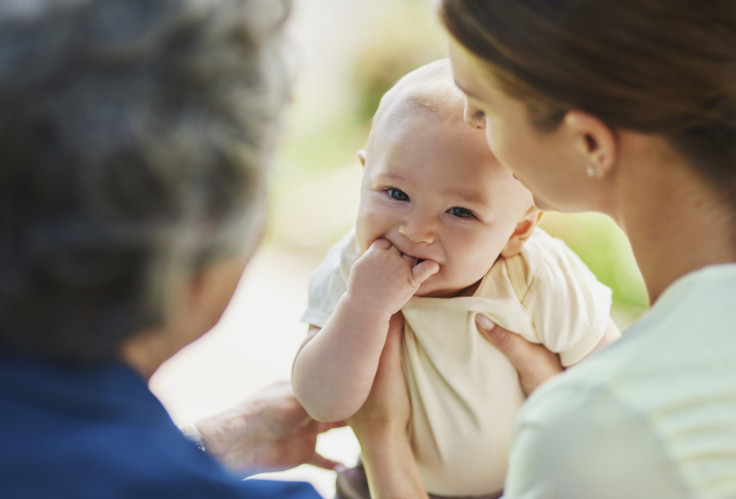Online fertility calculator created to work out your chances of giving birth with IVF
The tool is for couples wanting to know their probability of having a baby over different IVF cycles.

Scientists have designed a tool to predict couples' chances of having a baby. Two online calculators look at people's individual characteristics and assess the probability of them becoming parents before undergoing a first cycle of in-vitro fecundation (IVF) and then, over the course of multiple cycles.
In the UK, roughly one in six couples have trouble conceiving. To help them, clinicians can recommend IVF or another treatment known as intracytoplasmic sperm injection (ICSI), but these aren't successful for everybody.
IVF is available for couples on the NHS under certain conditions. Those who do not meet the criteria may turn to private clinics, where the cost of one treatment cycle can exceed £5,000.
As well as being an emotional journey, IVF can therefore have a significant impact on couples' finances, which is why it is important for them to know the probability that treatment will result in a live birth.
So far, prediction models only allowed couples to know their individualised chances of a live birth after a single fresh embryo transfer, without taking into account the possibility of transferring frozen embryos - a method that has become more widespread with the development of embryo cryopreservation technology. Furthermore, if they were told about their cumulative chances of a live birth over multiple treatment cycles, this was often only provided as an overall national average rate.
"Previous risk predictors calculated the probability of a live birth after a first IVF attempt, but we know that for many couples the first attempt is unsuccessful. Coming up with a model that looks at cumulative chances over more than one cycle can help shape couples' expectations and manage the financial and emotional stress of going through IVF," lead researcher David McLernon from Aberdeen University told IBTimes UK.
The model he developed with other scientists, described in the BMJ, can predict more accurately the chances of a couple giving birth over multiple complete cycles of in-vitro fertilisation, based on their specific characteristics and treatment information. The model is available for anyone to use on this webpage.
More individualised treatments
The team used national data from the Human Fertilisation and Embryology Authority (HFEA) register – in total, they analysed the data of 253, 417 women who started IVF and ICSI in the UK from 1999 to 2008, using their own eggs and partner's sperm.
What are IVF and ICSI?
IVF is a well known fertility treatment. During IVF, scientists collect eggs from the woman's ovaries and fertilise them in-vitro, in the lab. The resulting embryo is returned to the woman's womb to grow and develop.
ICSI differs from conventional IVF in the sense that only one sperm is carefully selected and used to fertilise the egg, instead of fertilisation taking place in a dish in the lab, where many sperm are placed near the egg.
Looking at how many of them conceived and after how many attempts, the scientists calculated the likelihood of couples having a baby over a course of IVF treatment from two points in time - before and after their first embryo transfer.
The predictions are based on a range of personal factors that can affect fertility. These include the woman's age, how long the couple has been infertile for, the cause of infertility, as well as data collected during the first round of treatment.
"There are other factors that we would have liked to include and didn't have data for, such as people's body mass index, smoking habits and alcohol intake. Nevertheless, the factors we looked at are the strongest predictors of fertility treatment success", McLernon says.
In the online calculator, people can report on their own characteristics, and get an idea of their cumulative chances of conceiving their first IVF baby, over one, two or more cycles. For example, a 34 years old woman with an ovulation problem, who has been trying to conceive for three years will be told before she begins treatment that she has 40% chance of giving birth after a first round of IVF, and 60% over two rounds of IVF.

While this is an easy-to-use tool for couples, the scientists say clinicians could also refer to it to inform their decisions of how many cycles their patients should go through. Adam Balen, chair of the British Fertility Society confirms it is interesting for clinical purposes.
"This is an important paper which analyses the HFEA database to calculate prediction models for success based upon baseline characteristics and the data collected during the treatment. The database is huge and so the information gathered is clinically relevant. It is important to remember that treatment should be individualised to the patients' particular needs and profile and it can still be difficult to accurately predict the outcome," he says.
© Copyright IBTimes 2025. All rights reserved.






















